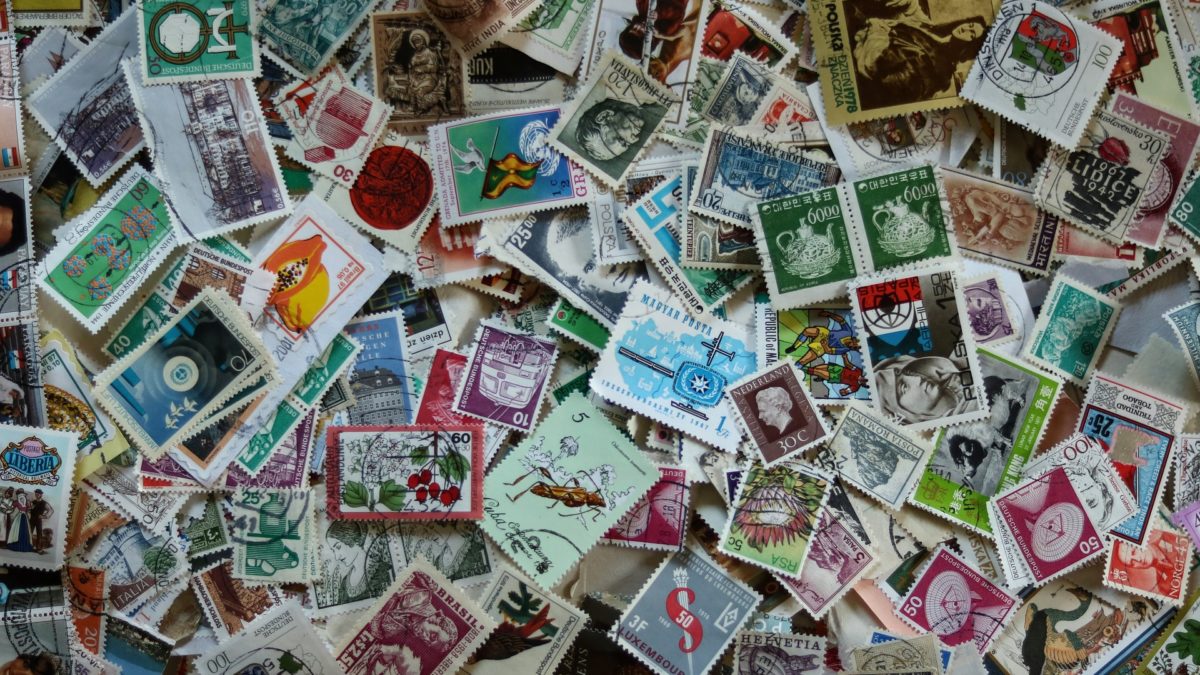5 Areas to Consider When Creating Your Database

Marketing Acronym Dictionary for Today’s Media Marketing Pros
July 30, 2019
Themes of Digital Summit, 2019
September 5, 20195 Areas to Consider When Creating Your Database

Recently my mom and I spent hours going through 2 cabinets full of my parents’ files. I was impressed how organized and neatly labeled my now-3-years-deceased dad kept their paperwork. As we separated the papers into recycle, garbage, and shred, I kept thinking about how we store our electronic data. In most cases, the reason I find going through company’s databases daunting is when it is poorly structured, with fields and files added randomly, with no documentation.
As we searched through old bills, letters, photos, manufacturing instructions, and unused credit cards, I realize there are many similarities in how we set up and store our paper and electronic files. Here are 5 ideas to think about when you create a database—or suggestions for how you can better manage an existing database.
- Organization. Decide how you want to organize your database, including how you want to be able to USE your data. A database user should be able to access your data by brand, by division, by channel (ie. Research buyer, subscribers, event attendee), by age, by demographic, by name.
- Labeling. All fields of the data you want to collect should be consistent, usable, clearly identified, and flexible for when you need to make changes.
- Aging. How old are some of the names on your database? Include the date of all original names, updated records, email opens, etc. If you are switching from one database system to another, try to maintain the date that pertains to each record, not just the conversion date (and this does happen).
- Cleaning. Create programs to continue to build and update records on your system. Keep them engaged with your content. Append data where possible, to fill in missing and usable demographics to individual records.
- Access. Decide who you will give access to your data. There might be people who can run queries, some who can download files, customer service might be given the ability to change records. Manage carefully, since your data is so valuable today.
Once you create your database, be sure it is managed on a regular basis. You might even find some hidden pockets of data that you can monetize; when we went through those old files, we found some stamps and unused gift certificates that can be redeemed.
If you currently have a database, it’s not too late! You can re-organize, make changes to better organize data and future additions, or add data to your system to fill in gaps.
The journey continues–Cindy




